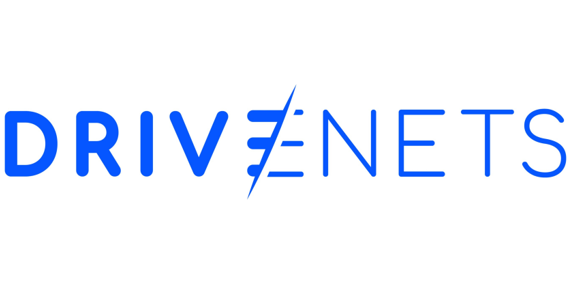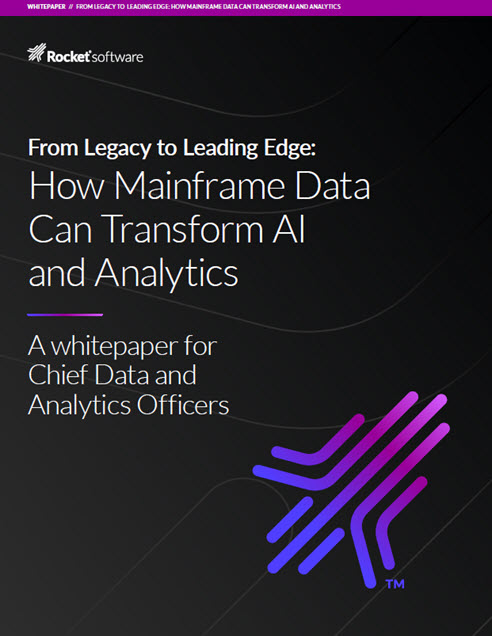Oct. 9, 2025 — New research conducted by BSI highlights warning signs of the impact of artificial intelligence on the labor market, particularly on entry-level roles. The study confirms that business leaders are prioritizing automation and using AI to reduce headcount, rather than investing in skills training, according to BSI.
The study combines AI-supported analysis of a large dataset of the annual reports of multinational corporations with a global poll of 850+ business leaders in order to provide a holistic overview of both self-reported views on AI implementation from individual executives and also how AI usage is framed in public corporate statements.
The AI analysis found that discourse related to the automation of jobs significantly overshadows discussions of workforce development in corporate AI narratives, with the term appearing almost seven times more frequently than ‘upskilling’ or ‘retraining.’ This suggests companies are prioritizing AI’s role in innovation and competitive advantage, potentially overlooking the human capital implications.
Just under half (41%) of the business leaders surveyed said AI is enabling headcount reductions. Nearly a third of all respondents globally reported that their organization now explores AI solutions before considering hiring a human (31%), with two fifths expecting this to be the case within five years.
The full report can be found here.
Already, some business leaders think AI tools can equal or outperform human ability, with a quarter of respondents to the survey saying that all or most tasks done by an entry-level colleague could be performed by AI. Two fifths (39%) say entry-level roles have already been reduced or cut due to efficiencies made by AI conducting research, admin and briefing tasks, and 43% expect this to happen in the next year. Mindful of the impact on the availability of entry-level roles, over half (56%) of respondents said that they felt lucky to have started their career before AI tools became widespread, with 35% saying that they felt that their first role would not exist today. A majority (55%) said they felt that the benefits of implementing AI in organizations would be worth the disruptions to workforces.
Susan Taylor Martin, CEO, BSI said: “AI represents an enormous opportunity for businesses globally, but as they chase greater productivity and efficiency, we must not lose sight of the fact that it is ultimately people who power progress. Our research makes clear that the tension between making the most of AI and enabling a flourishing workforce is the defining challenge of our time. There is an urgent need for long-term thinking and workforce investment, alongside investment in AI tools, to ensure sustainable and productive employment.”
BSI’s Evolving Together: AI, automation and building the skilled workforce of the future, highlights a stark reality for career starters, they face an uncertain future where traditional pathways to skill-building and industry experience are increasingly obstructed by algorithmic efficiency and job displacement.
The polling also suggests that large organizations are embracing AI more aggressively compared with SMEs. Half (51%) of the respondents working in SMEs say AI is crucial to the growth of their organization, compared with nearly seven in ten respondents in large organizations (69%). This is reflected in its impact being felt; 70% of large businesses reported AI saves money compared to just half of SMEs (51%).
The implication is that SMEs could become the backbone of skills development, providing greater opportunities for employment and training for Gen Z. While half of large firms have already cut junior roles, only 30% of SMEs have done the same. Looking ahead, 53% of large firms expect further reductions compared to 34% of SMEs.
Laura Bishop, Digital Sector Lead for Artificial Intelligence & Cyber Security at BSI, said: “Today we stand at the threshold of Industry 5.0, where AI, robotics, and digital systems must serve human values, not just efficiency. This transformation offers immense potential for productivity, but its success hinges on people. Successful adoption of these tools necessitates upskilling at all levels of the workforce and organization should take a long-term view on the value of empowering the next generation.”
Kate Field, Global Head Human and Social Sustainability, BSI said: “As roles are streamlined or eliminated before experience can be gained, we risk eroding the professional aspirations of people at the very start of their careers and before they’ve had the chance to flourish. Our findings suggest a troubling trend: senior leaders may be ‘pulling up the ladder’, prioritizing short-term productivity over long-term workforce resilience. If left unchecked, this could have lasting consequences, from weakening our skills pipeline, deepening generational inequality and our research suggests, dividing large companies and SMEs. SMEs have been placed in a critical position, shaping the future of work by shouldering the responsibility of training for Gen Z.”
The study was carried out in two parts:
- FocalData polling (14 – 25 August 2025) of over 850 business leaders in Australia, China, France, Germany, Japan, the UK, and the US
- This research employed a network-based approach to analyze how 123 multi-national corporations across six sectors (Technology, Pharmaceuticals, Fast-Moving Consumer Goods (FMCG), Financial Services, Transport, and the Built Environment ) and seven global markets (UK, US, Japan, China, Europe, Oceania, and India) communicate about Artificial Intelligence (AI) in their annual reports. After collecting and processing the reports to isolate AI-related sentences and identify key phrases (co-occurring at least five times), a network model was constructed using 10,055 unique keywords and phrases that co-occurred with AI mentions at least twice. A large language model then categorized 2,421 of these into six predefined themes (Innovation & Competitive Advantage, Products & Technology, Governance & Regulation, Risk & Security, Social Responsibility & Ethics, and Workforce & Human Capital), with manual review for accuracy. The core of the analysis focused on centrality, a measure reflecting the importance of keywords and themes within this network, indicating how frequently and strongly they co-occur with other elements, thereby revealing their relative influence and interconnectedness in corporate AI discourse.




